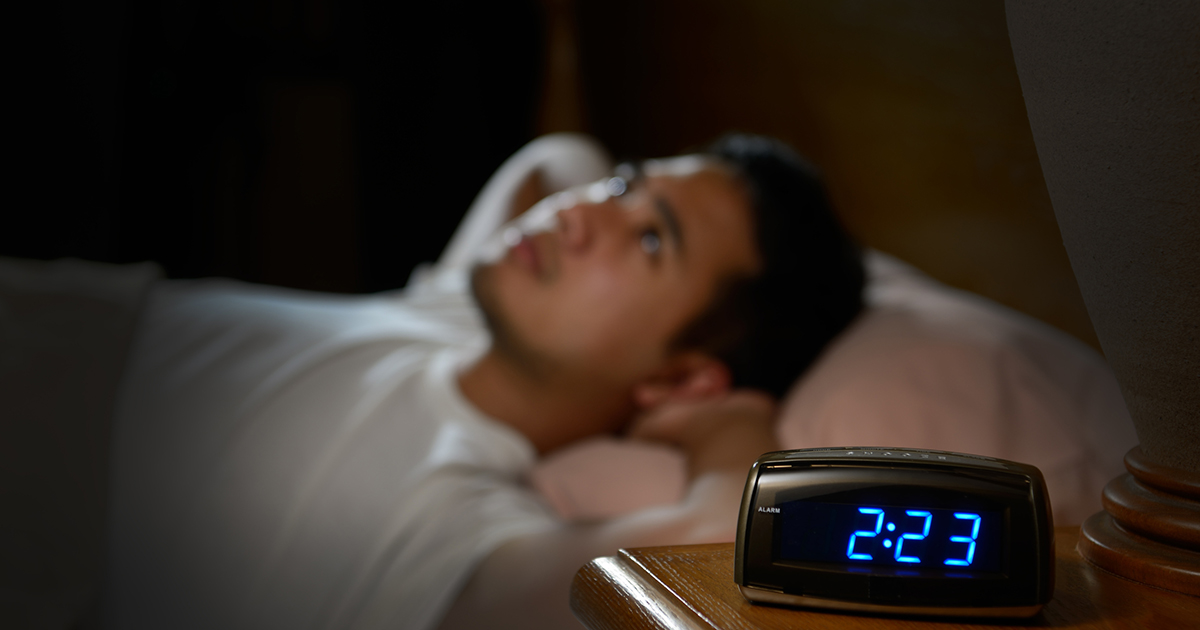Surprising Conditions Weighted Blanket Therapy Treats
Weighted blanket therapy may help individuals who struggle with stress, pain, and sensory issues. This type of therapy is often used by psychiatrists, occupational therapists, and other mental and behavioral health specialists. It can also be used in the home. Typically, weighted blankets, sometimes called gravity blankets, weigh between ten to thirty pounds. They have numerous pouches that are filled with steel, glass, or rice beads to provide weight. Patients may rest under the blankets at therapy sessions or use them for a few minutes at home after a stressful day or event. Some patients also find sleeping under a weighted blanket helps them have a better quality of sleep, fall asleep more quickly, and feel more rested. Weighted blankets are available for consumers to purchase, and they are appropriate for use for teenagers and adults. While some can be used with children, parents and caregivers must use caution and provide supervision as the weight of these blankets may be too heavy for many small children.
Over the past several decades, numerous patients have reported that weighted blanket therapy has helped them with symptom management as outlined below.
Manages Symptoms Of Autism

Autism is a medical term for a spectrum of disorders that affect social skills and communication. Patients with autism can sometimes engage in repetitive behaviors, and many of them have difficulty with sensory issues. For example, bright lights, loud noises, certain textures, and touch may be too stimulating for them and cause them to be upset. Some patients with autism also have additional health problems such as seizures, insomnia, and gastrointestinal disorders. Autism manifests itself differently in every person, and it can vary from mild to severe.
Asperger's is a mild form of the condition. More severe forms of autism can usually be diagnosed between the ages of two and three, and milder forms like Asperger's may go unrecognized until patients are adults. Autistic patients who struggle with touch and other sensations may find comfort in using a weighted blanket. Sometimes, parents of autistic children have to sleep next to them at night while they fall asleep. In doing so, they are providing their children with a form of deep pressure therapy in which gentle pressure is distributed across the child's entire body.
A weighted blanket also manages symptoms of autism by providing deep pressure therapy. Using the blanket can help make it easier for autistic patients to fall asleep on their own. Studies of autistic children have indicated that weighted blankets help them feel less anxious and more focused, leading to better school performance and enabling them to sit quietly for longer periods of time.
Next, find out what else a weighted blanket can help treat.
Soothes Anxiety And Panic Attacks

Over forty million individuals in the United States struggle with anxiety and panic attacks. Symptoms of these conditions usually include shortness of breath, chest pain, dizziness, a fast heart rate, feeling as though one is losing one's mind, feeling detached, and a fear of dying. Since some of these symptoms may also be indicative of heart attacks or other heart issues, patients experiencing these symptoms may wish to visit a primary care doctor or cardiologist to rule out more serious conditions. If doctors diagnose an anxiety or panic disorder, weighted blankets can help patients calm down more quickly during these episodes.
The deep pressure that they provide mimics a hug and can help stop the body's fight or flight response. The pressure of the blanket soothes feelings of anxiety and panic and may also encourage patients to slow their breathing rate down. A study from 2006 showed that sixty-three percent of patients who slept under weighted blankets reported a reduction in their anxiety levels. Since weighted blankets themselves are not very portable, anxious patients may wish to invest in weighted wraps. These scarf and shawl-like wraps can be used at work, in the car, or in any stressful situation away from the home.
Reveal the next condition this helps treat now.
Improves Insomnia

Bedtime is one of the most popular times for using weighted blankets. The blankets are especially useful for those who struggle to fall asleep and those who wake up numerous times throughout the night. Again, the gentle pressure that these blankets distribute throughout the body can help lull patients to sleep. Anecdotal evidence suggests that patients who use weighted blankets for sleeping wake up fewer times throughout the night than they would have without the blanket. When selecting a weighted blanket for sleeping purposes, it is very important to choose one of the appropriate weight. Generally, doctors advise that patients start with one that weighs approximately ten percent of the individual's body weight. If this feels too heavy or too light, patients can experiment with other blanket weights to determine what feels most comfortable. For patients wishing to use a lighter blanket that still improves insomnia, some companies sell weighted blankets that weigh as little as four pounds.
Explore how a weighted blanket can help with this next condition.
Relieves Fibromyalgia Pain

Fibromyalgia is a chronic pain condition that can affect the entire body. Symptoms typically include widespread pain in muscles and joints, fatigue, morning stiffness, anxiety, and depression. Patients with fibromyalgia can frequently have tender points in many places on their body. Tender points are painful areas near joints, although they are not on the joints themselves. These points are often found on the neck, chest, back, elbows, and knees. For patients living with this condition, a weighted blanket often relieves fibromyalgia pain through the gentle pressure it provides. The blanket promotes relaxation throughout the body and encourages the relaxation of nerve endings that cause pain for these patients. It can also provide a sense of protection, safety, and warmth, calming an overly stimulated nervous system and releasing pain-relieving hormones such as dopamine and serotonin.
Keep reading to discover how a weighted blanket can help with this disorder.
Aids Sensory Processing Disorder

Sensory processing disorder typically occurs in children. It is a neurological condition that affects a person's perception of sensory information in his or her environment. This sensory information can include sound, touch, taste, smell, sight or hearing. Patients with sensory processing disorder struggle to correctly process these sensory stimuli and often have abnormal responses. Symptoms of the disorder vary and may include an overreaction to touch, sensitivity to sound, difficulty focusing, and the use of excessive force when handling objects. Research suggests that the use of weighted blankets aids sensory processing disorder by helping patients quickly relax, and giving them a sense of calm and protection from sensory overload. They can also help improve focus. While weighted blankets are useful at home, weighted wraps and weighted lap pads may be helpful at school, at the movies, and in any environment in which there is the potential for too much stimulation.